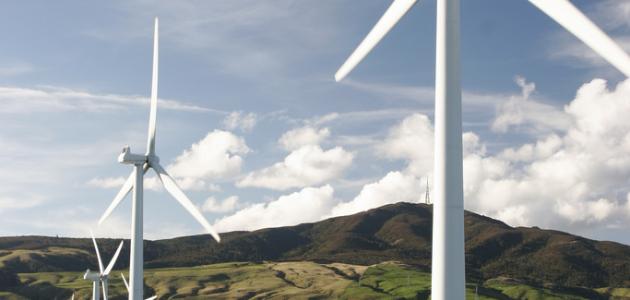
Thira What we hear is that a geographical area has a desert climate, while another area has a tropical climate. What is the climate? Climate can be defined as a description of the state of the atmosphere in the long run, that is, it is the climate that describes the meteorological state of a particular geographical area for a long period of time, which may reach a whole chapter. The climate consists of three main elements: temperature, atmospheric pressure and wind Which we are talking about in this article.
Wind is the movement or movement of air masses from one region to another horizontally in the air, depending on the difference in the values of atmospheric pressure from one region to another; the wind always moves from the high pressure zones to low pressure zones. There are many who confuse the wind and the wind; since each has a different meaning from the other, the wind is always indicative of torment and punishment and intimidation and indignation as the wind that tortured God Almighty by the previous peoples, as the Almighty says: "Either returned and destroyed by the winds of the Cruel Cruelty, While the wind always indicates grace and bodes well; the wind is a blessing from God Almighty as stated in the holy saying: "He who sends the winds human beings in the hands of mercy."
The source of the wind is solar energy, so that 1% of the total solar radiation falling on the earth is converted into wind, due to four main factors:
1: The variation in the heating of the earth between the equator and the North and South poles, due to the presence of the sun on the equator and the areas adjacent to it vertically, so these areas receive large amounts of solar radiation, which leads to heating the surface of the land in those areas, Heating the air mass above it, thus decreasing its density and rising to the top, so that the air pressure in the air pressure, but in the poles, it receives a very small amount of solar radiation, so the surface of the earth is cold, and this leads to cooling the air mass above it, And lo! Duck down to go to the hottest and low-pressure areas, followed by another air block and replace it, and this effect at the level of the earth's surface is complete.
2: The temperature of the surface of the earth varies between land, sea and ocean due to the large thermal capacity of the water. The land is heated faster than the water in the day, thus heating the air mass above it, decreasing its density and decreasing pressure, replacing the air mass on the surface of water. This process is reflected at night, so that the water keeps the heat warmer than the land, which warms the air layer above it to reduce its density and pressure to rise to the top, replacing the cold air mass located above the land, this is called the breeze of land and sea.
3: The variation in heating the surface of the earth according to the difference in height, so that the high areas are higher temperature, while the low areas are less heat, and the mechanism here is quite similar to the previous mechanism.
4: The earth rotates around its axis between its poles at a fixed angle, with the maximum speed at the equator of 1600 km / h, gradually decreasing as we move away from the equator and approach the poles, decreasing to zero at the poles